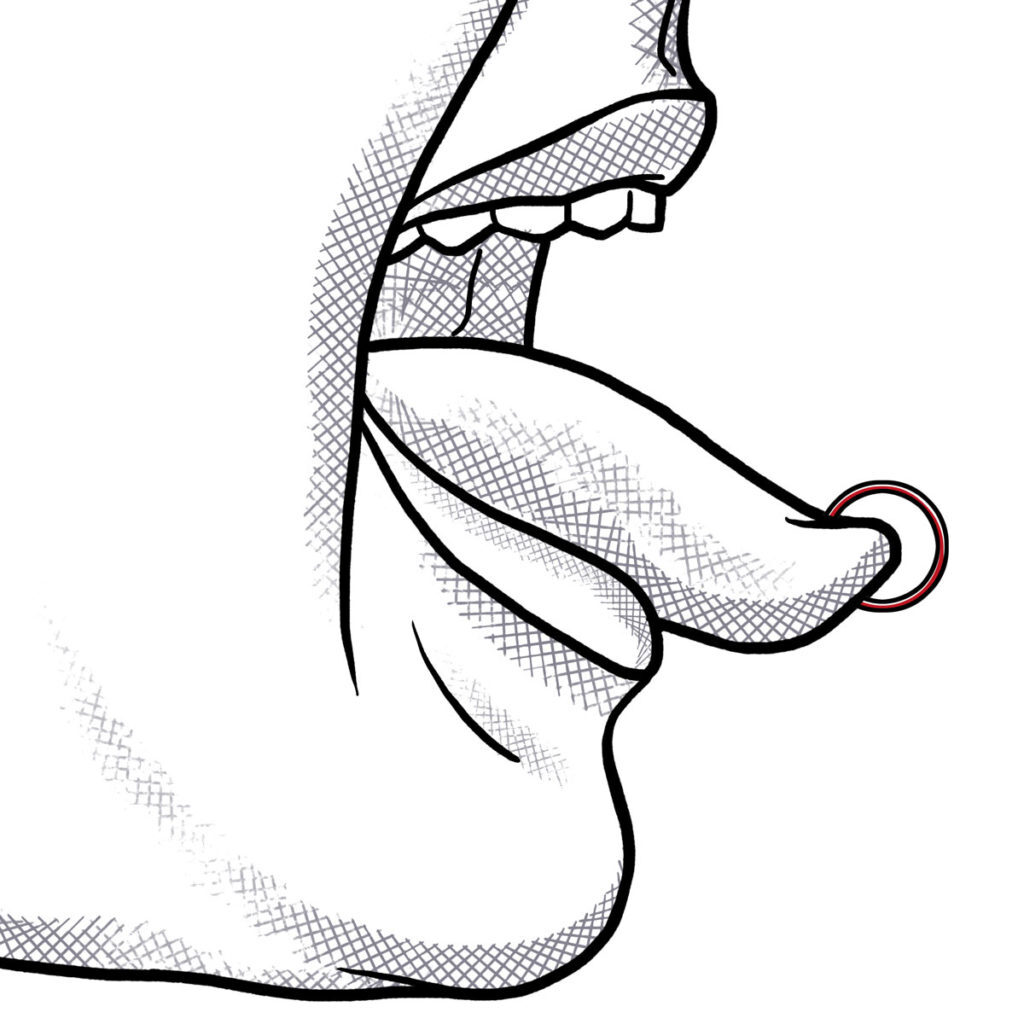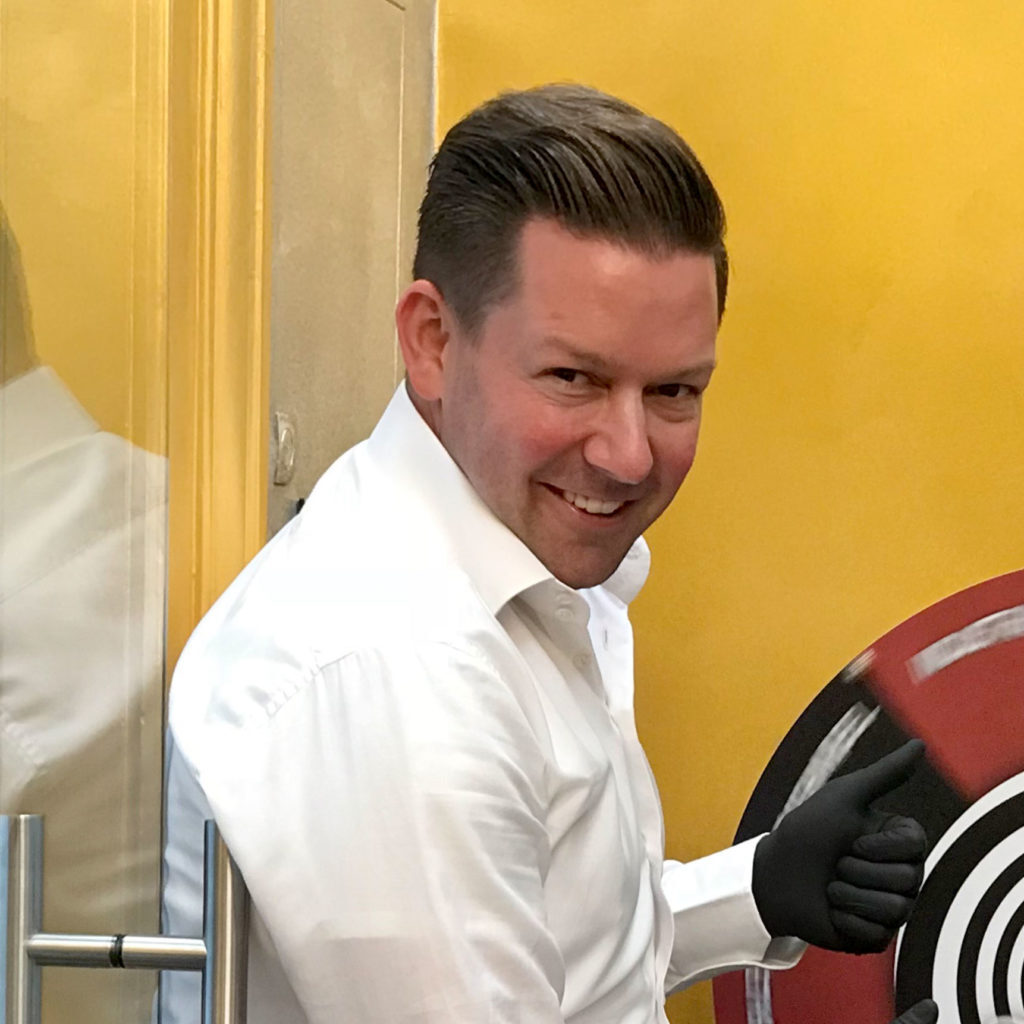Tongue Ring Piercing

A tongue ring piercing means wearing a ring through the tongue.
The ring has to be large enough, but must not be pierced too deep. You can either take an open ring or a ball closure ring, of course, a clicker or segment ring will fit as well.
This will be familiar to almost everyone.
A tongue piercing runs vertically through the tongue. It may sound easy, but is far from it.

Getting your tongue pierced by a professional poses no problem; however, those who think that anyone can do it are mistaken, because it involves making the perfect placement for every individual customer based on a careful study of the person’s anatomy, the right angles, and the correct distance to the tip of the tongue.
If it’s done right, a tongue piercing is one of the most remarkable forms of piercing, because in addition to being a delight to wear, it can be pleasurabe for anyone who comes into direct contact with it.
Origins:
The tongue piercing dates back to a western cultural trend of the 1990s. It is believed that the Spice Girls singer Melanie Brown, as well as the The Prodigy singer and dancer Keith Flinth (of the techno scene), may have contributed to its popularity.
The perforation of the tongue without the long-term wearing of jewelry was a part of early religious rituals. According to the testimonies of the Spanish Conquistadores of the 16th century, and based on stone reliefs found in the regions, ears, cheeks, genitals, and the tongue were pierced as part of a ritual sacrifice and a rite of inner cleansing.
Since 1825 there is a Vegetarian Festival in the Thai city of Phuket, in which the participants invoke the gods and enter into a state of trance. They then proceed to perforate their tongues or other body parts with objects such as swords, branches, iron rods, or everyday tools, some of which are of considerable diameters.
A similar tradition is carried out in January/February of every year in Malaysia, as part of the Thaipusam festival.
Healing and care:

A nose tip piercing can take between 21 days and 2 months to heal completely, rarely longer. Like other mucous membrane piercings, in the first three weeks it should be cleaned with ProntoLind spray twice a day, and then with a ProntoLind mouthwash.
It is important to wash your hands before touching the pierced area and the jewelry itself—the hands should be kept away from the mouth.
ProtoLind mouthspray tastes good and helps to freshen your breath. It is ideal for when you’re on the go and should be applied after every meal in order to disinfect and cleanse the piercing area.
Disinfectant solutions containing alcohol or chlorine should be avoided. Mouthwashes are no substitute for proper care and should therefore be avoided.
The right nutrition is vital for oral piercings, and you will find detailed information on this topic in the care and maintenance section.
Jewelry:
This form of piercing uses so-called barbells, which are straight rods. Depending on the thickness of the tongue, the individual can wear a range of barbells (12-22mm).
Keep in mind:
The piercer must be careful not to damage the tongue frenulum which connects the tongue with the lower jaw. S/He must also make sure that the placement of the piercing does not damage the teeth (following two tongue piercings in close succession). Whereas a piercing in the middle of the tongue runs between the tongue muscles, an off-center piercing goes directly through one of the muscles. That is why this kind of piercing should only be done by a professional with experience.
There is no risk of a loss of taste, because the taste buds lie laterally on either side of the tongue, whereas a tongue piercing is generally executed in the middle, between the two tongue muscles.
Marc
and Piercer
Online reservation for the piercing of your choice
More than 40.000 hiqh-quality piercings and tools.



